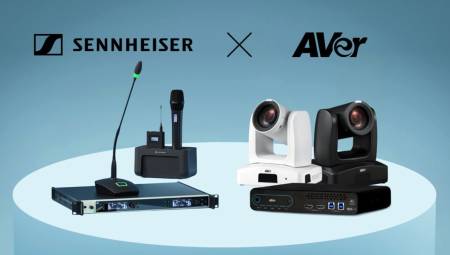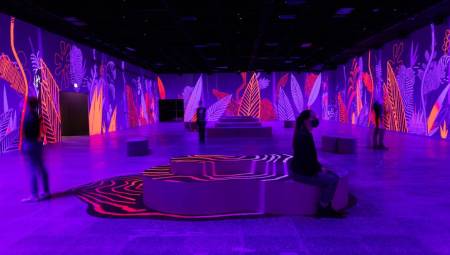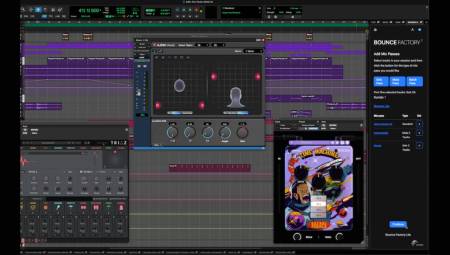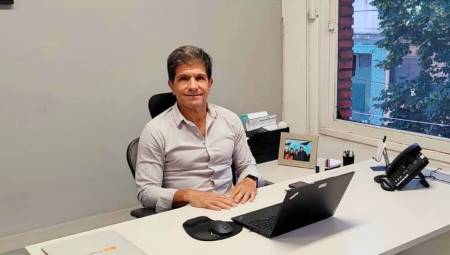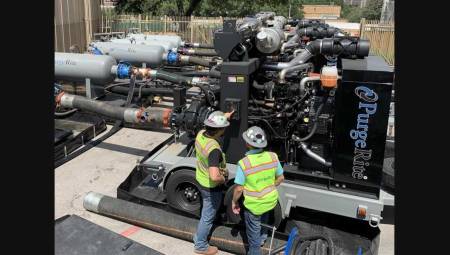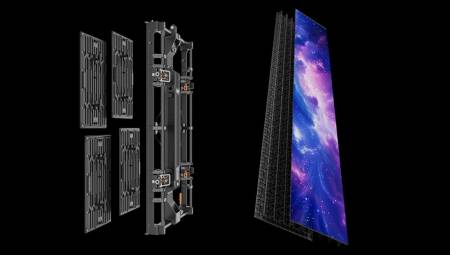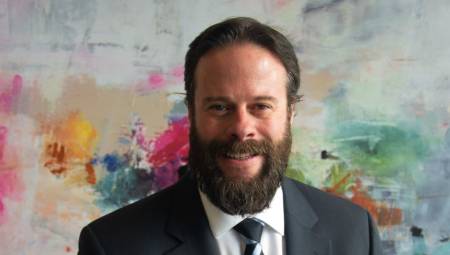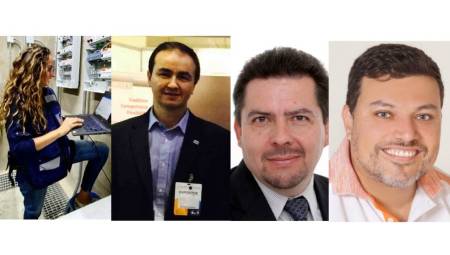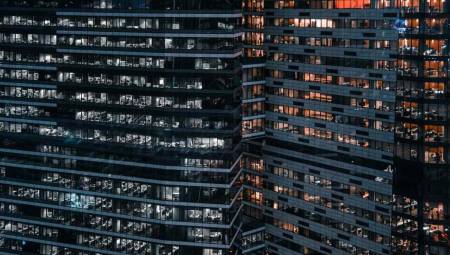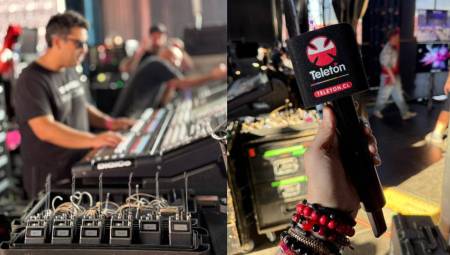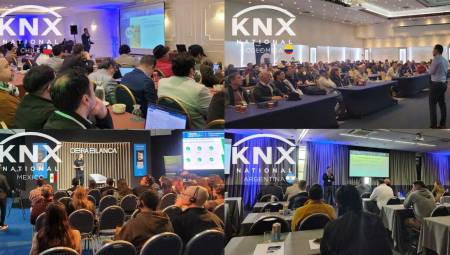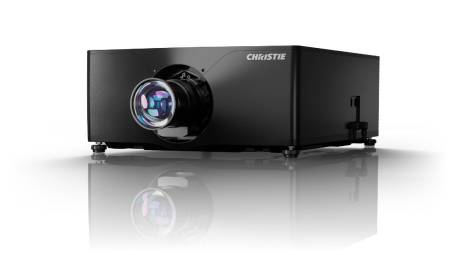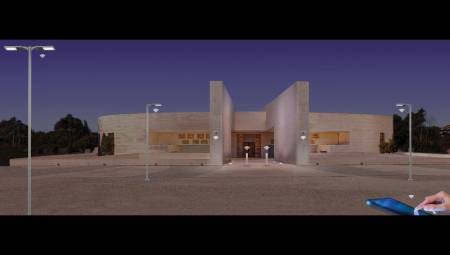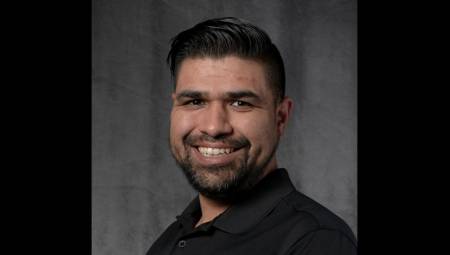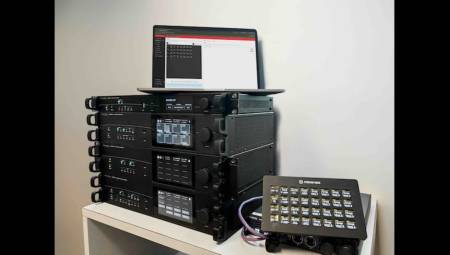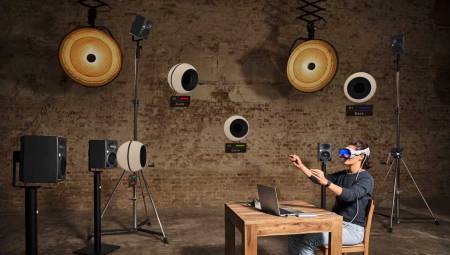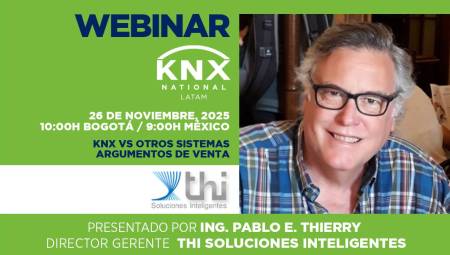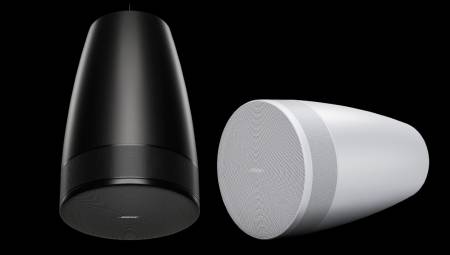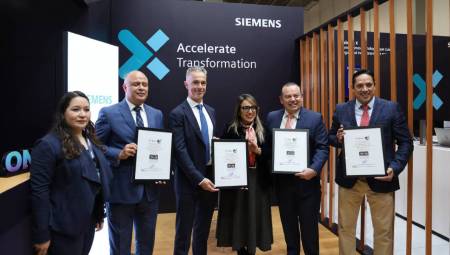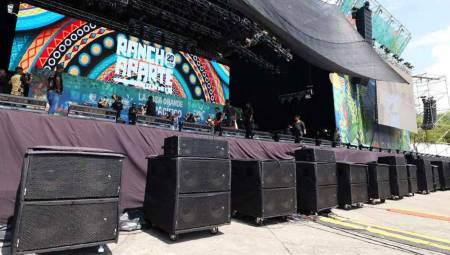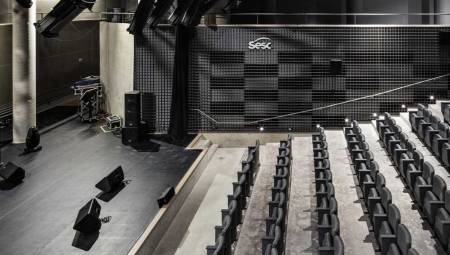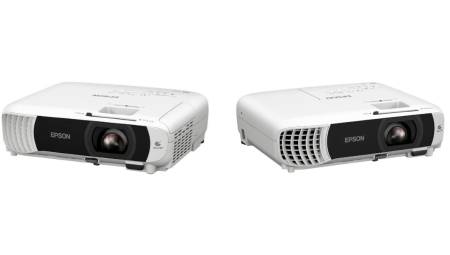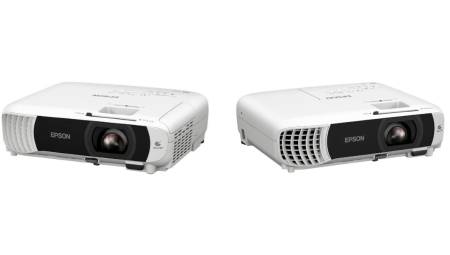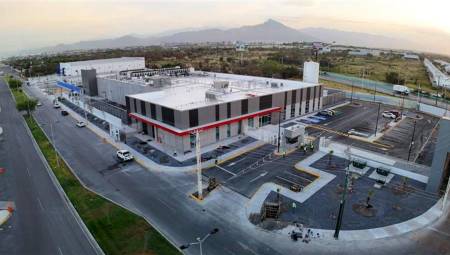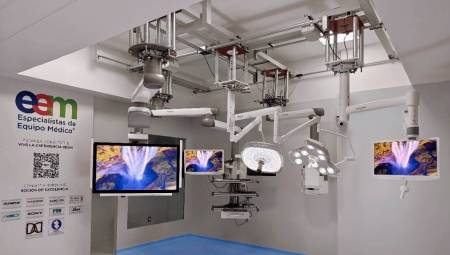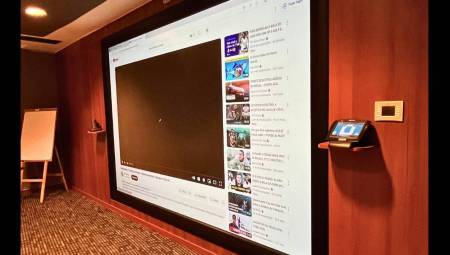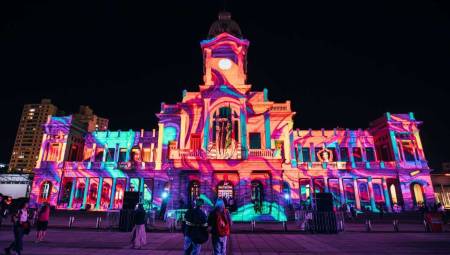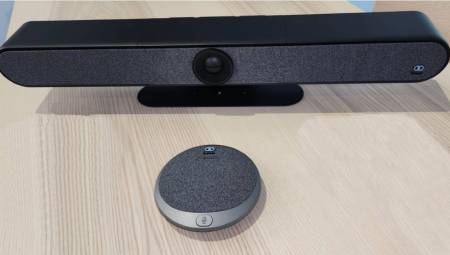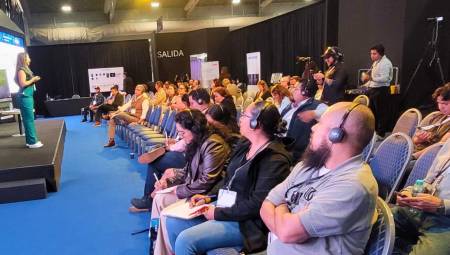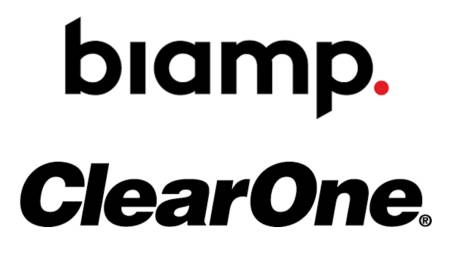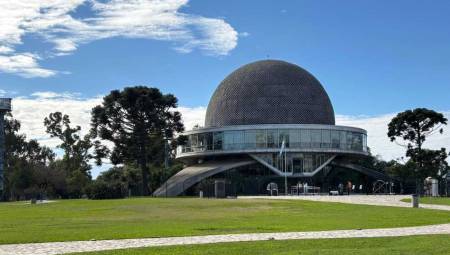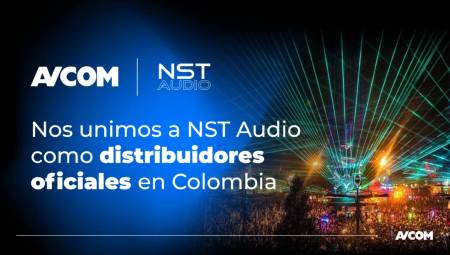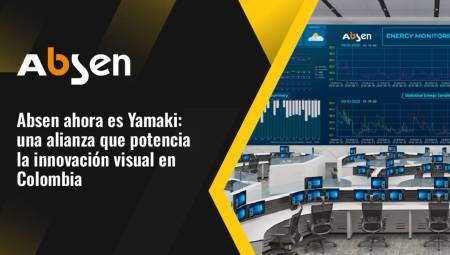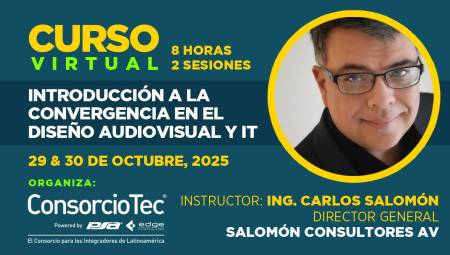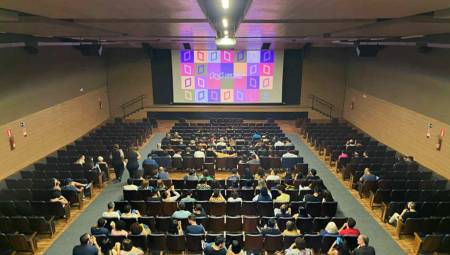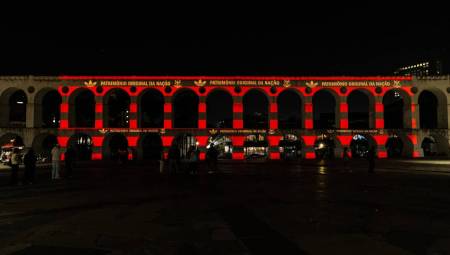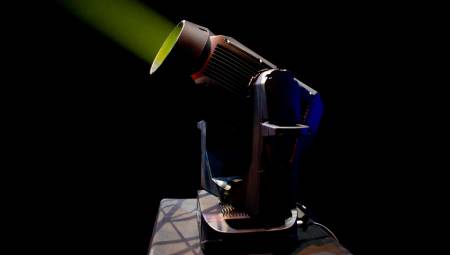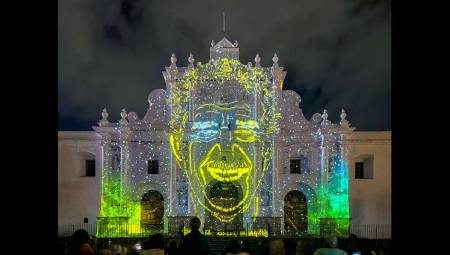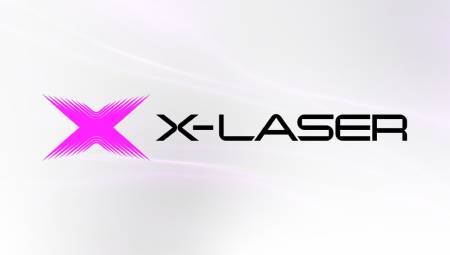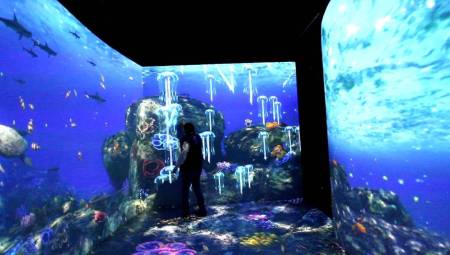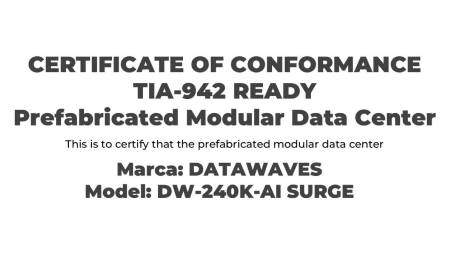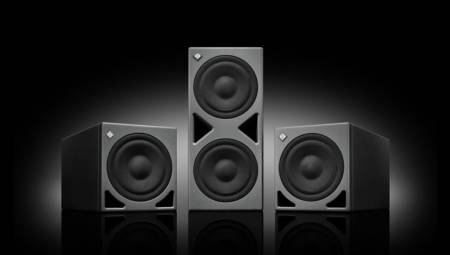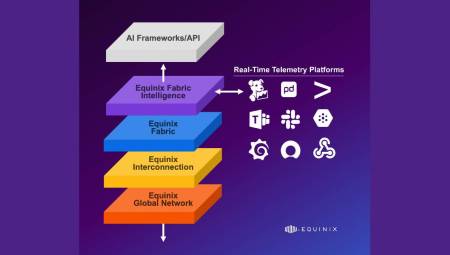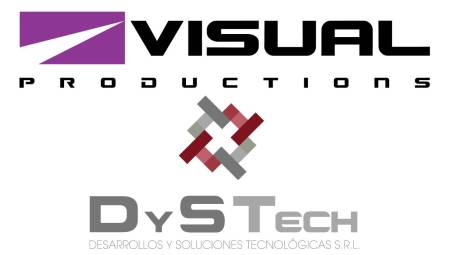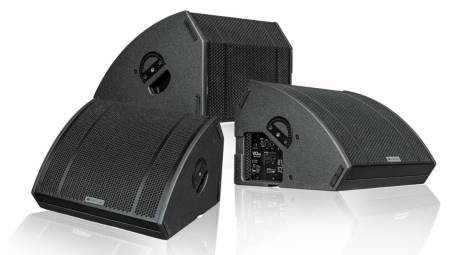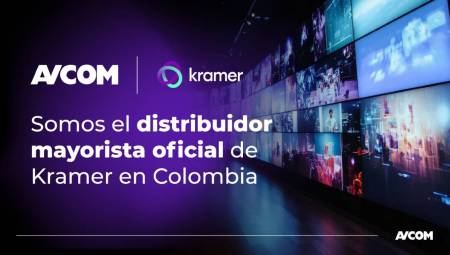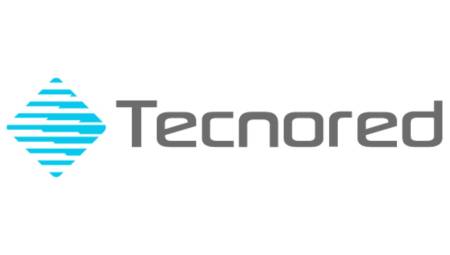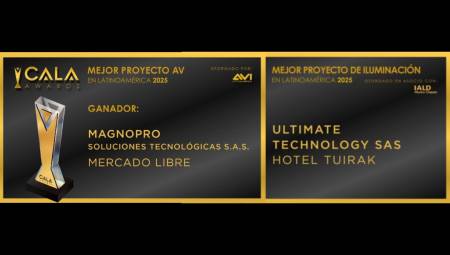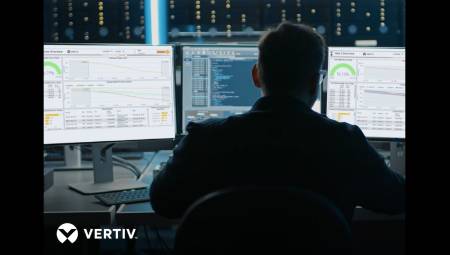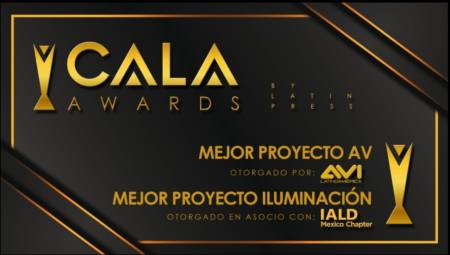 Furman comes back to the pages of AVI LATIN AMERICA with its important topics on energy management. This time Christos Desalernos addresses the issue in the A/V systems of churches.
Furman comes back to the pages of AVI LATIN AMERICA with its important topics on energy management. This time Christos Desalernos addresses the issue in the A/V systems of churches.
By: Christos Desalernos*
In A/V installations of churches there are generally many misconceptions when it comes to the role of energy management. For some reason, energy is frequently ignored as a problem in general. When expensive and modern amplifiers and equipment fail, the equipment is usually blamed, regardless of why it fails; it is simply repaired or replaced.
Another problem is the budget. Now more than ever, budgets are tight and when looking at any tender, energy management is usually the first thing we do not take into account for energy saving, since it is considered simply as extra outputs and not as protection. With that point of view, it is understandable that they want to cut expenses. Unfortunately, these assumptions are incorrect.
The fact is that our power infrastructure was designed more than 100 years ago for power motors and lights and non-highly sensitive A/V equipment. The energy coming out of electrical outlets is not 100% clean and stable. Some places are worse than others, but pollution is present in all energy sources. The ultra-sensitive circuits in today's professional A/V teams are technologically extraordinary, but they are also fragile. This has made it increasingly imperative to employ an advanced energy protection system such as the energy conditioner for professional A/V systems.
What is the situation?
According to the NEMA (National Electrical Manufacturers Association), a sudden increase or transient phenomenon is a brief transient peak of overvoltage or disturbance over an energy waveform that can vary in intensity, from just a few volts to extremes of tens of thousands of volts. These disturbances are not as rare as one might think, and can cause damage, degradation, and even destruction of electronics within a commercial building or family home.
However, transient spikes and grounding pollution are not the only problems facing today's sensitive electronics. Sustained overvoltage conditions also exist, sometimes called extreme voltages, and are more common in older installations due to poor neutral connections that can cause overvoltages above 240 VAC.
Many electrical shock suppression devices may not be able to protect equipment against sustained surges and these conditions are, in fact, the most dangerous and harmful thing for equipment. They are the kinds of situations that cause the nightmarish atmosphere of turning on equipment and seeing it start to smoke. Most extreme voltage conditions result in destroyed equipment or, at best, the destruction of an electrical shock suppression system. In either case, maintenance of the equipment is certainly required.
How to choose the energy management solution
Before doing anything, the contractor should always check electrical integrity by a qualified electrician. They must check the impedance, voltage stability, harmonic distortion, and quality of the main power supply transformer. The transformer must be in good condition and large enough to provide the necessary current. If the power is deficient, the transformer may need to be replaced. A poor impedance over the neutral can cause the power supply to heat up and produce a thermal interruption. In this case, the neutral may need to be reinstated.
Then, the capacity of the system (or how much energy is going to be required) must be determined and then compared to how much energy is actually available. This will help determine what kind of energy management solution is needed; that is, a product 15, 20 or 120-A. When selecting a product, churches should keep in mind that most AC terminals and older power management products feature inexpensive electrical shock suppression devices that are designed to self-sacrifice when exposed to sustained overvoltage conditions or transient voltage spikes.
This will protect your equipment, but there are no indications that the electric shock suppressor has been compromised, so the next shake will go through directly. Newer power management products are not "self-sacrificing" and feature extreme voltage interrupt circuits, which constantly monitor the incoming voltage and once the voltage has increased approximately 15% above the nominal, they fire up and cause the power relay to open, thus cutting off the supply to all connected components and critical circuits. Once the voltage is corrected, the unit is reset and operation can continue.
Another factor that must be taken into account is the training of staff. As volunteers and untrained church staff are generally the primary operators of A/V equipment, great care must be taken to ensure that components are turned on and off properly. Sequential energy control is needed whenever different kinds of equipment need to be switched on in stages, rather than simultaneously.
In audio systems, sequenced power is usually needed to allow the conduction transients of low-level amplifiers and processors to return to normal before turning on any power amplifier, as simultaneous power could result in high, annoying, and potentially destructive noise in the speakers. In addition, in any large system whose components present an inductive load for the AC line (including electric motors, power supplies, and power amplifiers of all classes), sequenced power can prevent excessive inrush currents that cause circuit breakers to fall off.
Churches should include energy management in their budgets. The standard range that must be booked ranges from 3% to 10%. At the low end, 3% would be for installations in newer buildings with acceptable infrastructure already in place. 10% would be for more advanced technology in older buildings where wires cannot be laid again. In these cases, a voltage regulator may be necessary.
A voltage regulator accepts a wide range of voltage inputs from the power supply, and then transforms them into a safe and stable voltage that is then sent to the connected equipment, keeping it under proper operation and preventing damage from electrical shocks. As with most energy management products, some technologies are more effective than others. Many voltage regulators use technology based on motorized noise-inducing transformers. These products are not only large and expensive, but they are also unreliable and really add noise to the AC line. This noise results in masking many of the details that are required to achieve the best possible audio and video. To avoid this, it is best to find a regulator that uses electronic circuitry.
Energy management as insurance
Churches should consider energy management as insurance, as a single product for that purpose can save thousands of dollars in equipment replacement and repair. I, for example, turned my garage into a recording studio. Since I live two blocks from the energy grid, I am subject to many cuts and fluctuations of it.
Last November, I was in my studio when the power went out. My Furman UPS went live and I was able to finish my recording session normally. When I finished, I realized that there was a huge fluctuation of energy, which I could tell from the exploded bulbs in the kitchen. In addition, all of my Furman units were exhibiting an extreme voltage outage. After doing the math, I determined that I had saved $70,000 off the price of the equipment simply with an $800 energy management system.
Many churches can easily say that they have invested $70,000 in electronic gear (as demonstrated by the example), so that the benefits of energy management for churches and other organizations with tight budgets are clearer than water. Replacing equipment is extremely expensive. With a high-cost A/V system on the line, it simply makes sense to invest a little in equipment protection.
*Christos Desalernos is Furman's national sales manager, handling pro-sales, system design and noise removal. He received the TEC Auxiliary Equipment award in 2001 for the HDS-16/HRM-16 hearing aid audio distribution system and is a BMI registered artist. Christos holds a degree in electronic engineering from the ITT Technical Institute.





